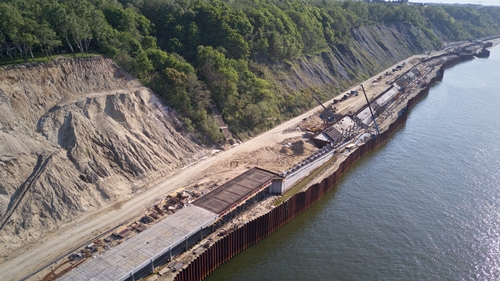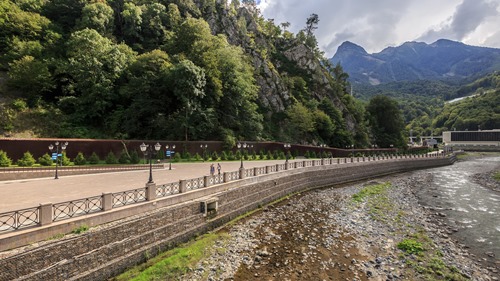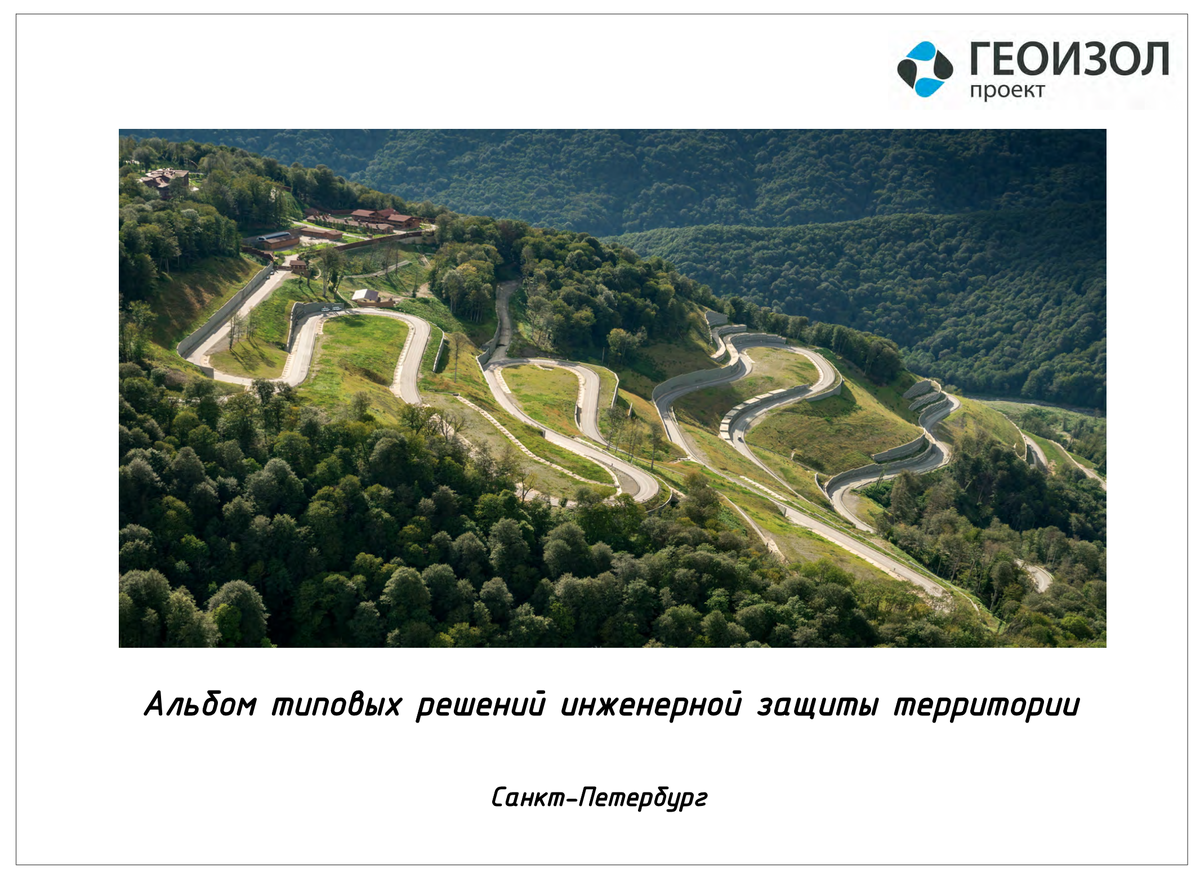Measures to protect and strengthen the coast, as a rule, involve the construction of various hydraulic structures designed to reduce the negative impact of currents, waves, wind and ice phenomena.
They are erected to prevent or stop the destruction of the banks of watercourses and reservoirs: streams, rivers, lakes, reservoirs and seas, as well as objects located near the coastline.
Bank protection activities also include the creation of embankments and promenades.
Another problem solved as part of engineering protection concerns ensuring the stability of bank slopes.
When developing the concept of bank protection, two main factors are taken into account:
– a complex of negative processes from the side of a reservoir or watercourse that affect the state of the coast: channel processes, wave action, etc.;
– state of the coastline: existing damage, possible development of slope processes, erosion of the surface of the coast, abrasion in the zone of the water’s edge, etc.
With an integrated approach to the development of engineering protection, designers take into account the associated negative factors: risks of flooding, seismic impact, mudflows, the likelihood of movement of trees with crown and root system along the water, etc.
There is a wide range of technologies used in bank protection. In each case, protection methods are selected based on a combination of negative factors, the specifics of the territory and the goal that the customer needs to achieve.
At the stage of development of the bank protection concept, GEOIZOL Project engineers consider several options from which, based on a technical and economic comparison, the optimal technical solution is selected.
Among the most common options for strengthening the coast (can be used both independently and in combination), it is worth notice:
– permeable wave canceling structure (tetrapods, hexabits, riprap, etc.);
– enclosing sheeting;
– gabion structures;
– rigid wave canceling structure;
– wave barrier (retaining) walls;
– various solutions for dampening wave energy (wave canceling chambers, breakwaters, bankheads, beaches, etc.).
Typical solutions for ensuring the stability of bank slopes include:
– terracing, flattening;
– dowel fastening of slopes (using MGTS GEOIZOL-MP);
– anchor fastening with pressure plates;
– retaining walls (retaining structures of various designs);
– erosion protection.
To start the design work, the following initial data are required:
– topographic survey and/or topographic plan of the protected area;
– depth measurement;
– general plan or layout of protected objects;
– results of engineering-geological and hydrometeorological surveys;
– data on the regime of a water body.
A more detailed overview of typical solutions and implemented objects is presented in the presentation.



